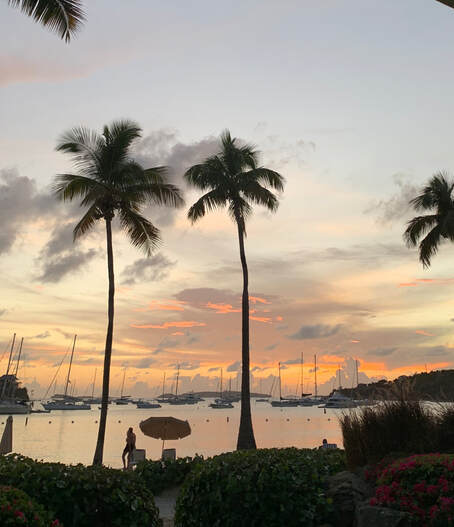 Cannibalistic tribes, pirates, fierce wars, slavery, long periods of prosperity, and lean times after sugar's demise all make up the tale of the U.S. Virgin Islands. The Taino Indians originally inhabited St. Thomas and St. John, but the Igneri, Tainos and Caribs occupied St. Croix at different times in that island's history. The islands became the home of settlers from nearly every country in Western Europe, as well as slaves brought from Africa. Columbus was the first European to arrive, in 1493. He sent his men ashore on St. Croix and claimed the islands for Spain. Because of the strategic location of the islands on the eastern rim of the Caribbean, they were popular hideouts for pirates in the late 1500s. (Sir Francis Drake perched on a high hilltop on St. Thomas at what is now called Drake's Seat and peered through his spyglass at the Spanish Armada.) Permanent European settlements didn't grow until the early 1600s, when the Danes began to arrive on St. Thomas and St. John. On St. Croix, settlers flew seven different flags, including that of the Knights of Malta, until Denmark finally prevailed. In 1917, the U.S., fearful of German expansion and eager for a naval base to help protect the Panama Canal, bought the islands from Denmark for US$25 million. The territory experienced economic hardship until the early 1960s, when tourism became lucrative. Today, the islands are the easternmost possession of the U.S. in the Western Hemisphere. Facts andStats
Share the knowledge
0 Comments
Your comment will be posted after it is approved.
Leave a Reply. |
AuthorDebbie Palmer Categories
All
Archives
November 2022
Tuesday Travel Tips!Get TWO MONTHS FREE of CLEAR, Click above. |


 RSS Feed
RSS Feed
